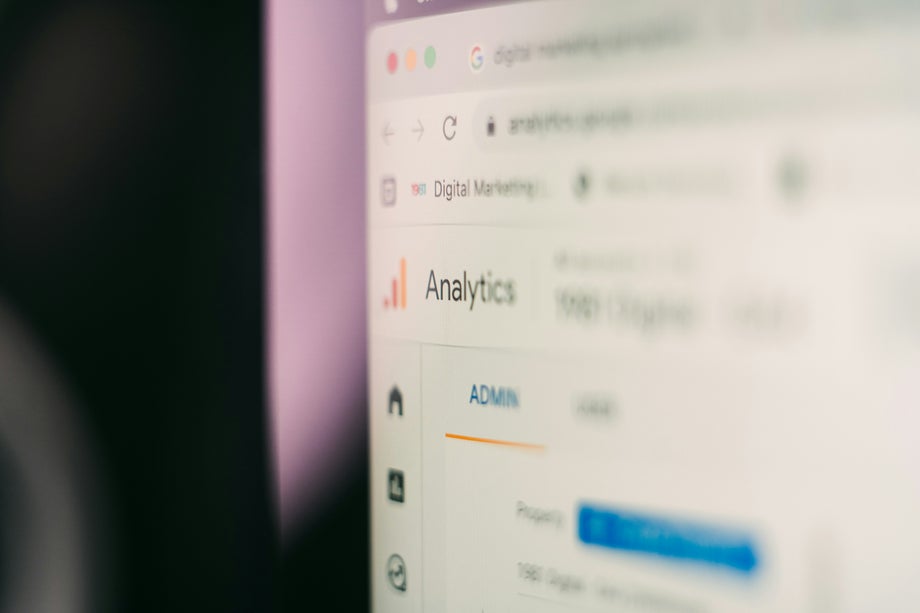
We’ve created several award-winning travel websites in collaboration with our client and Ireland’s National Tourism Development Authority, Fáilte Ireland. From these ongoing projects, we have amassed a wealth of insight and experience designing travel and tourism sites that people actually want to use.
Before diving into some of these tips, I want to remind you that part of the All human approach to any project is to undertake an extensive amount of user and industry research. We do this to ensure our designs align with a data-based understanding of customer needs rather than subjective assumptions. We have learned an incredible amount from our research, but one thing stands out: what people want differs from industry to industry, within sectors, and even within brands. Therefore, when creating your site or app, the goal is to fully understand the customer journey your target audience wants and to deliver on that promise.
Again, and I can’t say this enough, design trends and the latest tech are only good or valuable if you know how to align them with your target audience.
Remember:
- Different user groups have unique needs and goals.
- Every business has distinct brand identities and objectives.
- Target audiences vary among websites in the same industry.
- User preferences and behaviours can change over time.
- Geographic locations can have unique and specific regulations and cultural norms - what works in one country doesn’t always translate into another.
Not only are you vying for the user’s attention, but you are also competing with other sites for it. Invest the time to look at what other sites offer- regarding the customer experience (CX) - everything from their features and functionalities to content offerings.
We know that competition in the same industry often is the primary driver of innovation as brands look for ways to differentiate themselves. What you want to avoid is looking like your site is stuck in a different era. Consumer expectations are heavily influenced by their experiences on other websites - you want to make sure that you stand out for all the right reasons.
Stating the obvious, the technology used to build websites is constantly evolving. And where people are consuming digital content is changing too. Mobile usage continues to increase, making it essential that your site offers a great and fast mobile experience. It also needs to be accessible and open to all. I can’t overstate just how important it is to continue researching and understanding the unique characteristics of each website's users.
People want to know as much as they can about a place before they decide to book. Aim to include as much information as possible, especially things like whether it is pet, family-friendly, or can accommodate wheelchairs.
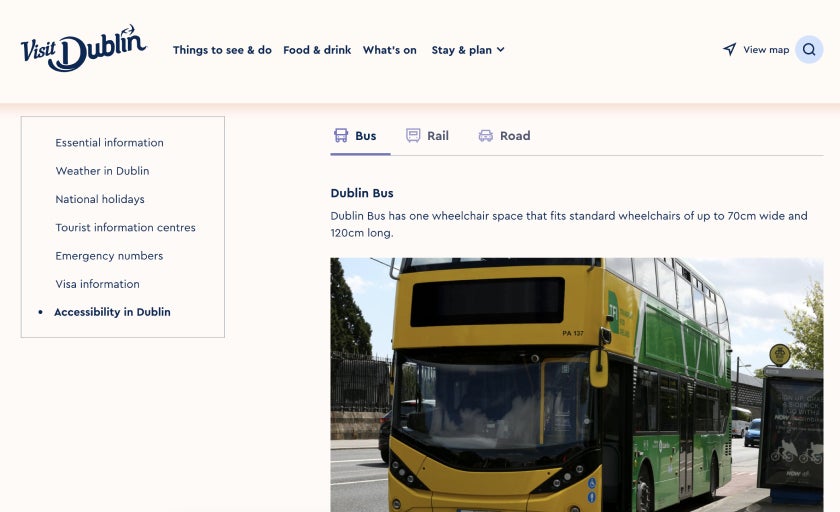
discoverireland.ie offers visitors several streams of content covering Ireland’s environs, counties, towns, tourism attractions, and a suite of special interest articles such as coastal escapes, outdoor experiences, and city breaks. This means visitors have approximately 160 articles, 372 destinations, and 20 collection pages to look at and learn about their prospective location.
Planning a trip from scratch can be time-consuming and overwhelming, especially for travellers unfamiliar with a particular destination. We have found that putting together lists of activities and events for people is hugely helpful and can “sell” a place faster than anything else. Often just illustrating all on offer will surprise and open up new opportunities for exploration and discovery. These suggestions provide a ready-made framework that saves time and effort. It also eliminates the need for extensive research and allows each visitor to have a structured programme at their fingertips, making the planning process more convenient and efficient.
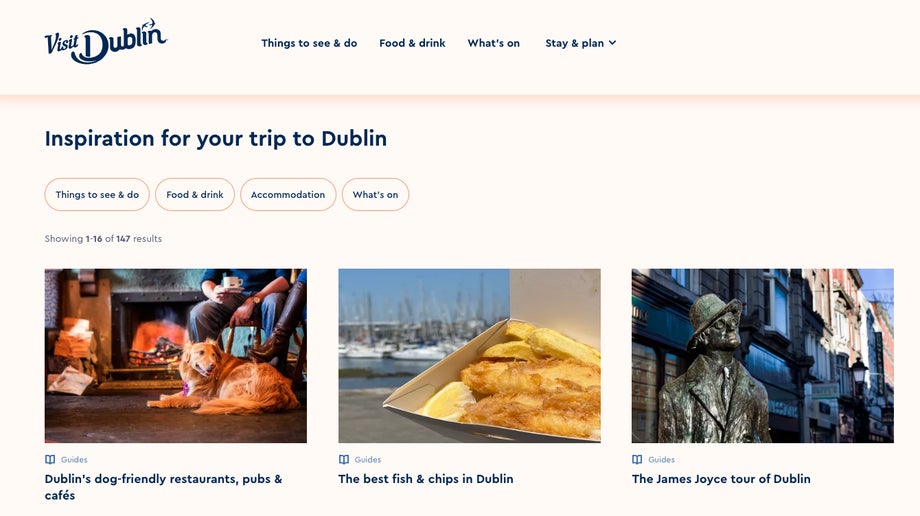
All human tip
Having great content- and lots of it- on your site is essential. But, and this is key, it's crucial to have it in a digestible way. A learning that we now apply is that long paragraphs of text aren’t very user-friendly. Instead, we leverage presentation and imagery to convey the same information in an interesting and engaging way
We’ve all heard that a picture speaks a 1000 words. And while it is important to offer as much information as possible, it is perhaps equally important to convey the beauty of a location with carefully selected imagery.
When building discoverireland.ie, we selected images that create an immersive experience for users. We wanted them to feel the spray of the ocean, marvel at the mysteriously beautiful Newgrange passage tomb, and get people excited about discovering all that Ireland has to offer.
A word of caution: check with your designer to ensure that the images selected are optimised for site speed and SEO.
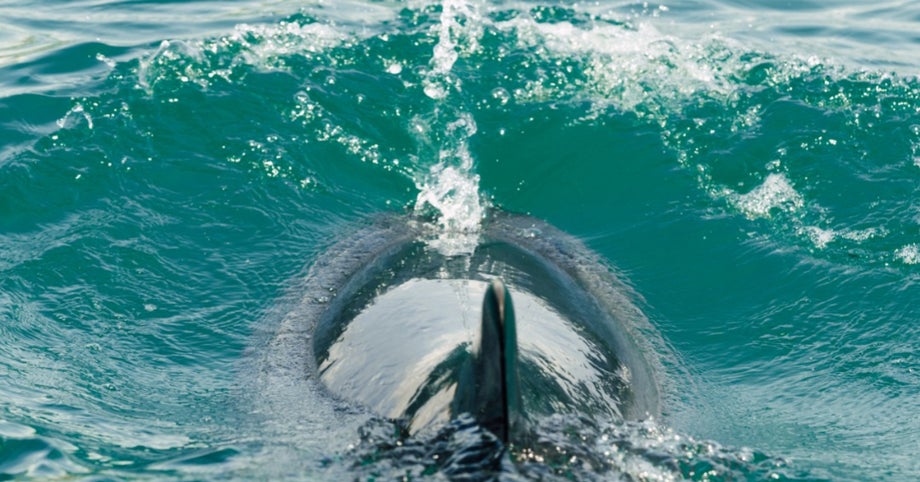
We applied the same approach when creating visitdublin.com. During the discovery phase, keywords like vibrant, alive, energetic, lively, colourful, and unexpected were used to describe the city, and we wanted to convey that through imagery and design on the website.
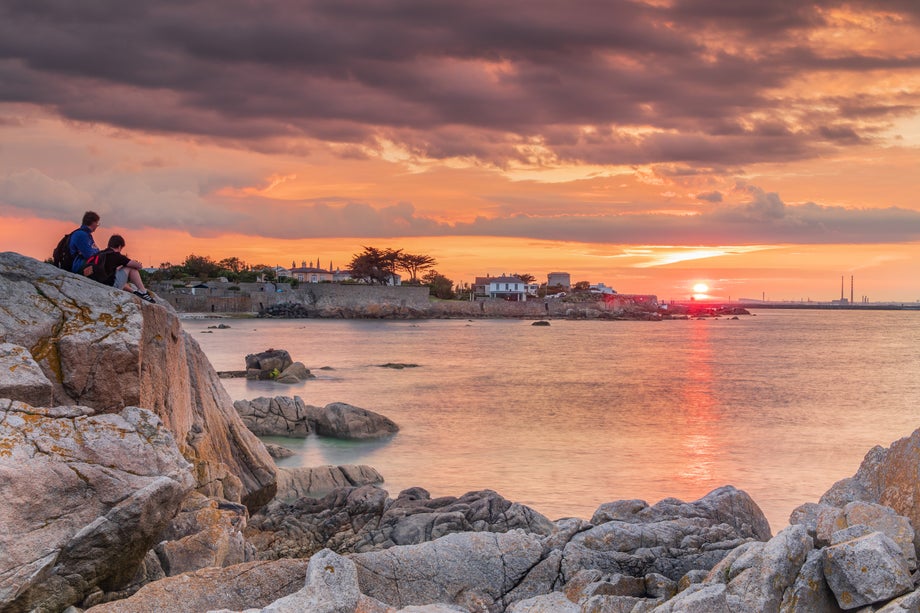
Rarely do people bring their laptops on their holidays. Therefore, you must make your site as mobile-friendly as possible. It’s about quick loading and easy-to-read landing pages.
Mobile design and responsiveness were critical for us. We knew from analytics that there was a high volume of traffic from mobile devices to the site, making it imperative that the structure and flow of the pages needed to work on mobile and desktop.
We always aim to make the user experience (UX) as engaging as possible. Booking your holiday is a big deal and can be stressful. We try to make the experience as pleasant as possible.
When creating Visit Dublin, we added micro-interactions to various elements of the design. These are important for several reasons. Firstly they provide visual and interactive feedback, reassuring users that their actions are being acknowledged. Micro-interactions can also promote a more engaging and enjoyable experience. By adding a touch of delight and surprise, small animations, transitions, or interactive elements help make the website feel dynamic and alive. They also contribute to the overall personality and brand image of the website while helping to improve accessibility while also making the website more intuitive and easy to use. Examples on Visit Dublin include the hover state on various clickable items and moving images on the tourism listing pages.
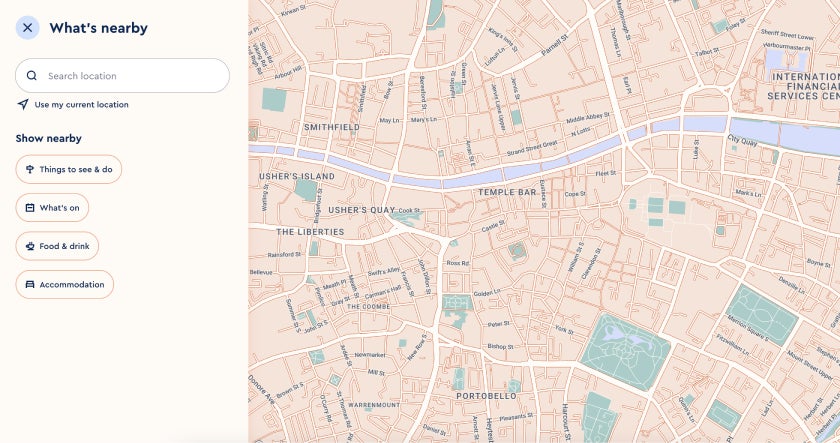
I also recommend incorporating interactive maps into travel websites. Interactive maps allow travel websites to showcase various points of interest. Using overlays with icons on the map, we can help users identify nearby options, read descriptions, and make informed choices about where to visit or stay during their time in Dublin.
Plus, mobile users can benefit from the convenience of having maps readily available on their devices, enabling them to access navigation, directions, and information on the go. Responsive and mobile-optimised maps enhance the user experience and cater to the needs of travellers relying on smartphones or tablets.
Customers can see what's nearby them - for example, things to do, food & drink options, and events that help them plan their trips.
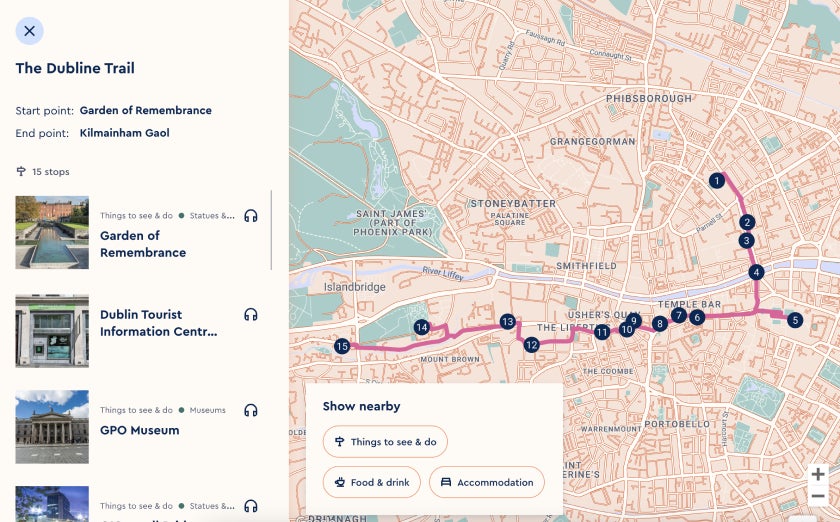
Again it is about making the experience as seamless and efficient as possible.
When working on the Visit Dublin site, we made the universal search easy, providing a quick way for users to discover content using simple parameters, creating a more inclusive experience. This also allows users to quickly refine their searches by specifying terms or keywords associated with their query. Additionally, the results are presented in an accessible, easy-to-understand format.
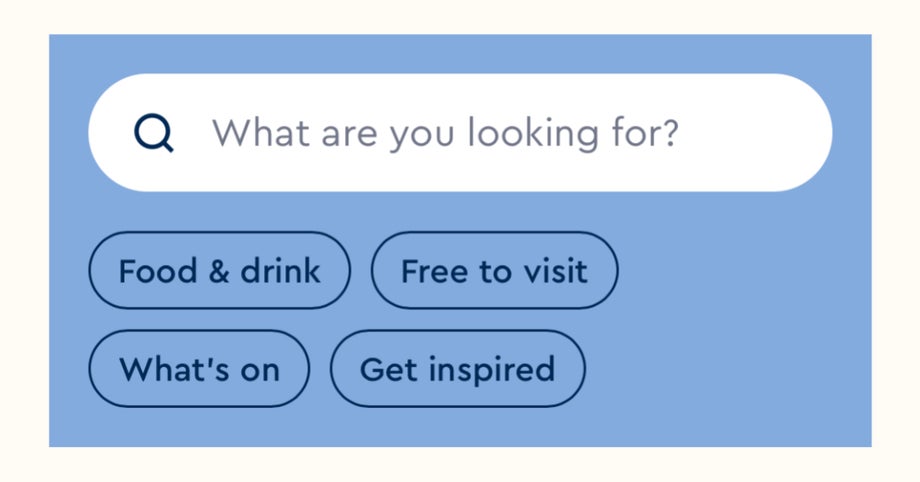
“VisitDublin.com is a fantastic site. All human champions putting the consumer at the heart of their work to ensure that our site is based on established and evolving online behaviours. They have an impressive commitment to performance, optimisation, and to monitoring the changing behaviours of consumers ensuring an iterative and evolving digital experience.” — Claire Cadogan, Head of Digital Marketing, Fáilte Ireland
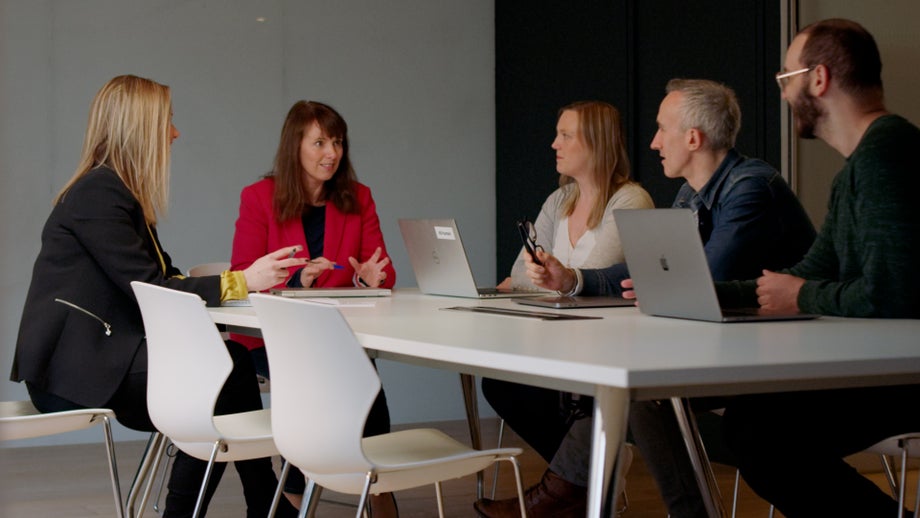
Talk to our award winning team to see how we can improve your website and create memorable customer experiences.


